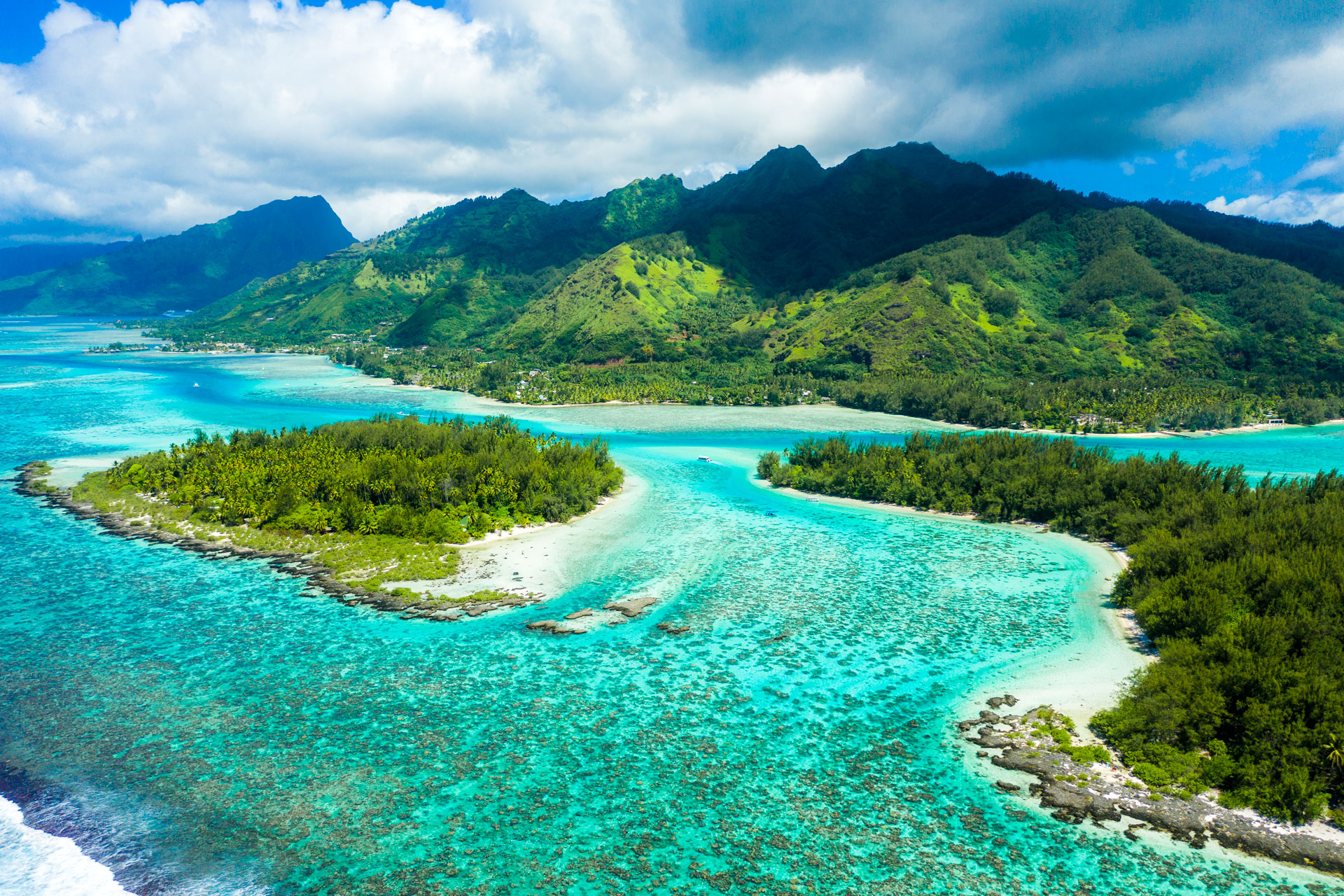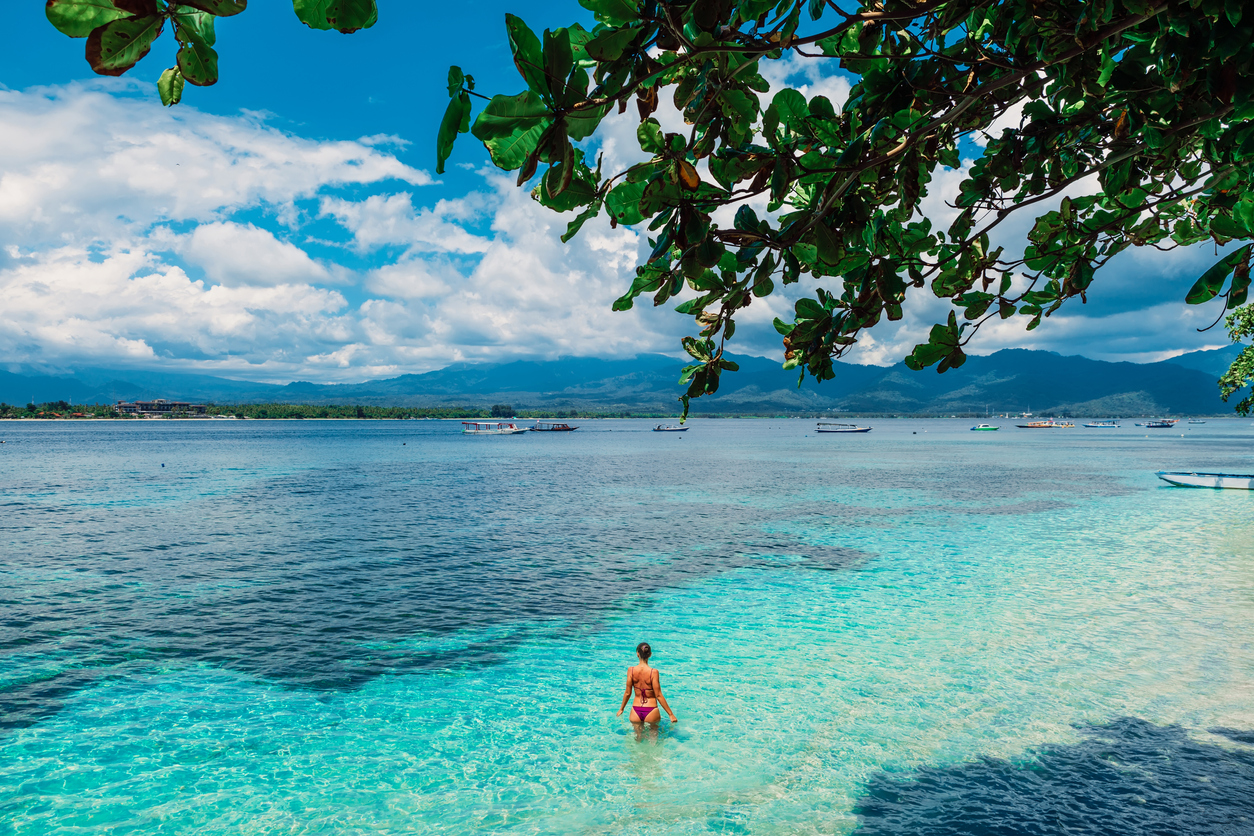Geography and Physical Features: Windward Islands

The Windward Islands, a chain of picturesque islands, gracefully adorn the eastern boundary of the Caribbean Sea. Geographically, they form the southernmost extension of the Lesser Antilles archipelago, stretching from the Virgin Islands in the north to Grenada in the south. These enchanting islands lie between the latitudes of 12° and 16° North and longitudes of 60° and 62° West.
The Windward Islands boast a captivating array of topography and geological formations. The larger islands, such as Dominica, Martinique, and St. Lucia, are characterized by towering volcanic peaks, lush rainforests, and dramatic coastlines. Smaller islands like Guadeloupe and St. Vincent and the Grenadines exhibit a more subdued topography, with gently rolling hills and sandy beaches. The volcanic origins of the islands have bestowed upon them a rich geological heritage, evident in the presence of hot springs, fumaroles, and geothermal activity.
The climate of the Windward Islands is predominantly tropical, with warm temperatures throughout the year. The islands experience two distinct seasons: a wet season from June to November and a dry season from December to May. The wet season is marked by frequent rainfall, which nourishes the lush vegetation and supports a diverse ecosystem. The dry season brings clear skies and balmy temperatures, providing ideal conditions for outdoor activities and exploration.
History and Culture
:max_bytes(150000):strip_icc()/aerial-shot-of-cruz-bay-st-john-in-us-virgin-islands-165581255-58dea04e3df78c5162cf9584.jpg)
The Windward Islands have a rich and diverse history and culture, shaped by the indigenous peoples who inhabited the islands and the arrival of European colonizers.
The indigenous peoples of the Windward Islands were the Caribs and Arawaks. The Caribs were a fierce and warlike people who inhabited the islands from the 13th century onwards. The Arawaks were a more peaceful people who inhabited the islands from the 8th century onwards.
Arrival of European Colonizers
The first European colonizers to arrive in the Windward Islands were the Spanish in the 15th century. The Spanish established colonies on the islands of Dominica, Grenada, and Saint Lucia. The French and British also established colonies in the Windward Islands in the 17th and 18th centuries.
The arrival of European colonizers had a profound impact on the history of the Windward Islands. The colonizers brought with them their own culture and traditions, which had a significant influence on the indigenous peoples of the islands.
Cultural Influences
The cultural influences of the European colonizers can be seen in the language, religion, and music of the Windward Islands. The official languages of the Windward Islands are English and French, and the majority of the population is Christian.
The music of the Windward Islands is a blend of African, European, and Caribbean influences. The most popular genres of music in the Windward Islands are reggae, calypso, and soca.
Tourism and Economy

The Windward Islands are renowned for their pristine beaches, lush rainforests, and vibrant culture, attracting tourists seeking adventure and relaxation. Popular activities include snorkeling, scuba diving, hiking, and birdwatching. The islands also boast historical sites, such as forts and plantations, offering insights into the region’s rich past.
Major Economic Activities, Windward islands
Agriculture plays a vital role in the Windward Islands’ economy, with bananas, cocoa, and spices being major exports. Fisheries also contribute significantly, providing a livelihood for many locals and supplying seafood to both domestic and international markets.
Tourism has emerged as a key economic driver in recent years, with the islands’ natural beauty and cultural heritage attracting visitors from around the globe. This sector provides employment opportunities and generates revenue for local businesses.
Challenges and Opportunities
Sustainable development in the Windward Islands faces challenges such as climate change, which threatens coastal ecosystems and infrastructure. However, the islands also have opportunities to promote sustainable practices, such as developing eco-tourism initiatives and investing in renewable energy sources.
By balancing economic growth with environmental conservation, the Windward Islands can ensure the long-term well-being of their communities and preserve the unique natural and cultural heritage that makes them a popular tourist destination.
Di Windward Islands deya na southern Caribbean Sea. Dem dey popular for tourism and dey get plenty beautiful beaches. But right now, everybody eye dey pon dem because of Hurricane Beryl. You fit check where is beryl headed to know more about di storm path.
Di Windward Islands go feel di impact of Beryl, so everybody dey prepare for di worst.
Windward Islands be in di path of many hurricanes every year. One of di most recent hurricanes to affect di islands was Hurricane Beryl. To track di path of Hurricane Beryl, meteorologists used hurricane beryl spaghetti models. Spaghetti models are computer simulations that show di possible paths of a hurricane.
Using these models, meteorologists can make predictions about where a hurricane might go and how strong it might be. This information can help people in di path of a hurricane to prepare for di storm and stay safe. Windward Islands are prone to hurricanes, so it is important for residents to be aware of di risks and to take precautions when a hurricane is approaching.